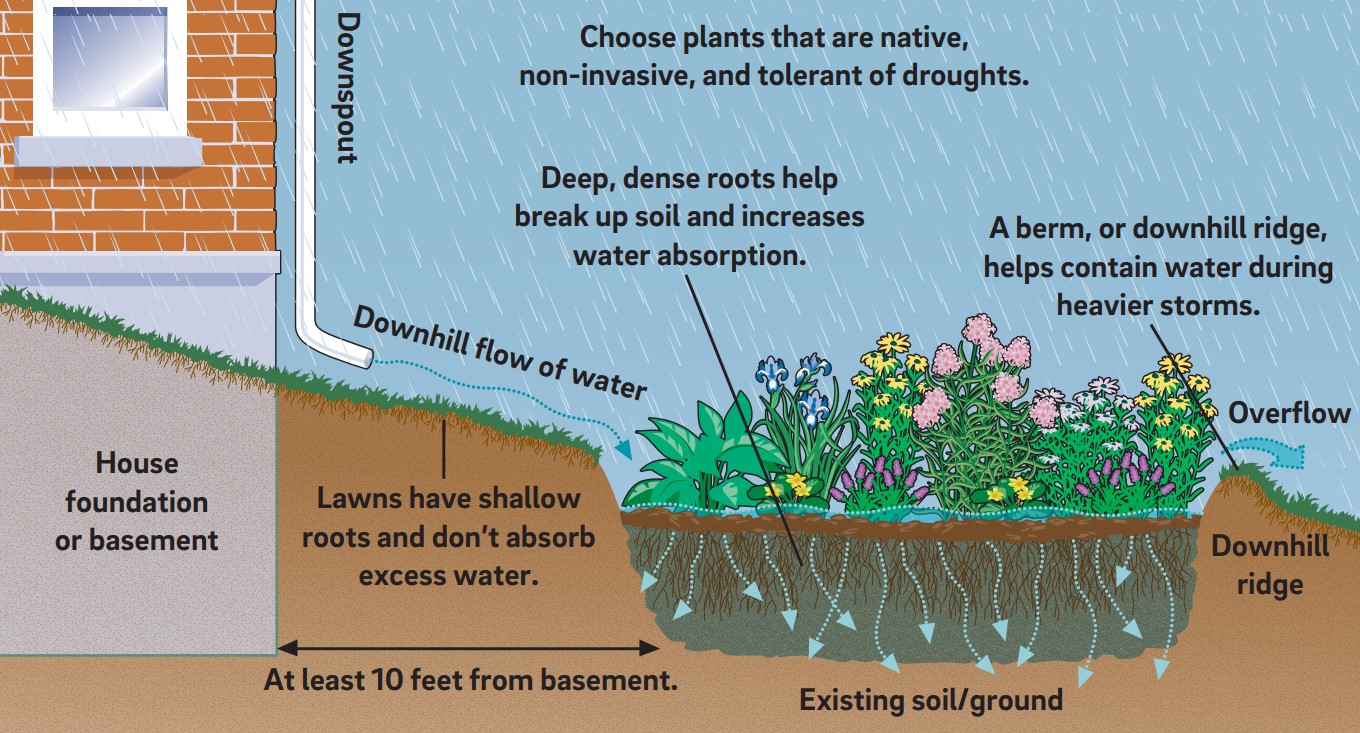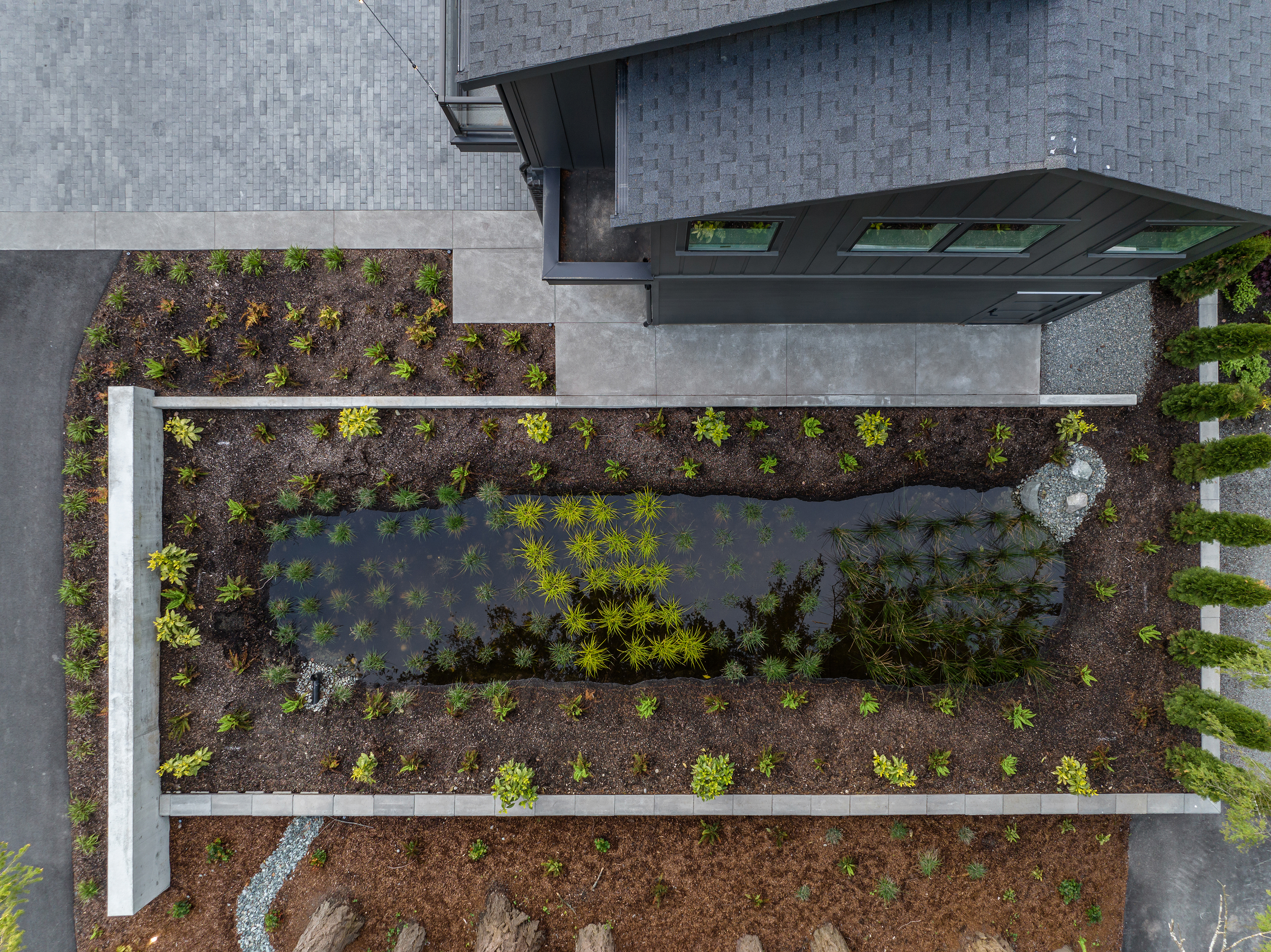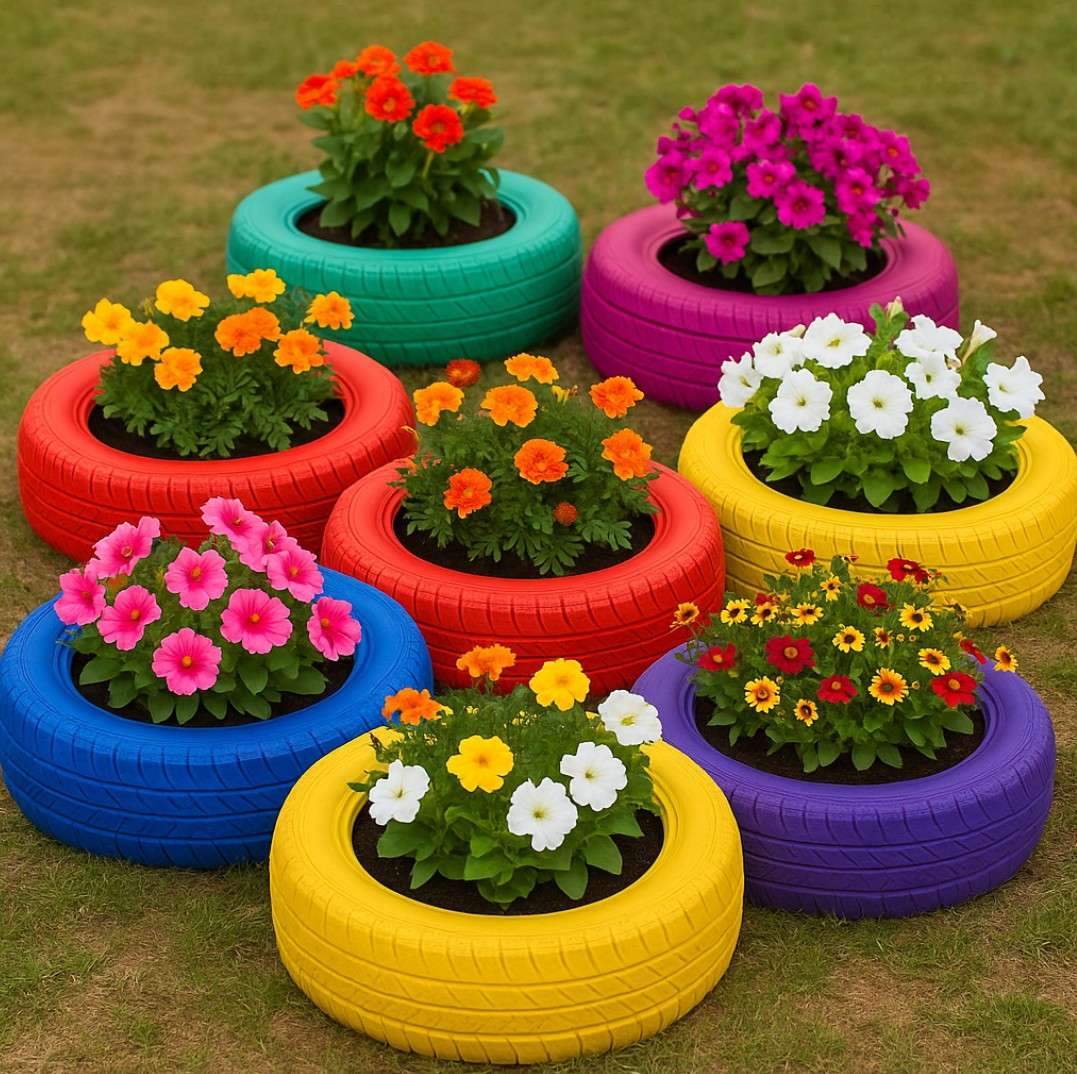Rain Gardens: Transforming Your Yard into a Stormwater Solution
:max_bytes(150000):strip_icc():format(webp)/rain-garden-rocks-and-plants-ed331a6b-aeb768acecdf44c7a834ee325d6de1a4.jpg)
Rain gardens are an eco-friendly, attractive solution for managing stormwater runoff, improving water quality, and beautifying your yard. By strategically planting native vegetation in shallow depressions, rain gardens naturally capture and filter rainwater, reducing pollution and helping to prevent local flooding. Whether you’re a beginner or an experienced gardener, creating a rain garden is a rewarding project that benefits both your home and the environment.
🌿 What Is a Rain Garden?
A rain garden is a shallow, planted depression designed to collect and absorb rainwater runoff from impervious surfaces like roofs, driveways, patios, and streets. Unlike a traditional garden bed, a rain garden mimics the natural absorption and filtering processes of native ecosystems. By encouraging water to infiltrate slowly into the soil, rain gardens help prevent erosion, recharge groundwater supplies, and support local biodiversity. Importantly, they are typically planted with hardy, native species that tolerate both wet and dry conditions.

💧 Benefits of Rain Gardens
- Reduces Stormwater Runoff: Rain gardens can remove up to 90% of nutrients and chemicals and up to 80% of sediments from rainwater runoff, significantly protecting local water bodies.
- Improves Water Quality: They naturally filter out pollutants before the water reaches rivers, lakes, and groundwater supplies.
- Prevents Flooding and Erosion: Rain gardens reduce the volume and speed of stormwater runoff, lowering the risk of local flooding and erosion.
- Enhances Aesthetics and Biodiversity: With a variety of colorful native plants, rain gardens attract pollinators like butterflies and bees, and they create habitat for birds and beneficial insects.
🛠️ How to Build a Rain Garden: Step-by-Step
- Select a Suitable Location:
Choose a site that naturally collects water or can easily be redirected. It should be at least 10 feet away from your home’s foundation and not directly above a septic system. Avoid steep slopes; gentle slopes (less than 10%) are ideal.
- Calculate Size and Depth:
The size of your rain garden should be about 20%-30% of the area draining into it. For instance, if 1,000 square feet of your roof drains toward the garden, aim for about 200-300 square feet. Depth should vary from 4 to 8 inches depending on how quickly your soil drains.
- Test Soil Drainage:
Dig a hole about 12 inches deep and fill it with water. If the water drains within 24 hours, the soil is suitable. If not, amend with compost, coarse sand, and loamy topsoil, or consider constructing an underdrain.
- Design Shape and Layout:
Rain gardens can be oval, kidney-shaped, or even crescent-shaped to blend naturally into your yard. Incorporate a berm (a raised area) on the downhill side to prevent water from flowing out.
- Excavate the Garden:
Remove existing grass and dig out the topsoil to create a bowl shape. Slope the sides gently to prevent erosion and tamp down the berm. You can reuse the excavated soil to build the berm if needed.
- Prepare the Soil Bed:
Mix soil amendments if necessary. A typical rain garden soil mix is about 50-60% sand, 20-30% compost, and 20-30% topsoil for optimal infiltration and plant growth.
- Install an Inlet and Overflow:
Guide water from downspouts or paved areas using a rock-lined channel or perforated drain pipe. Plan an overflow path lined with rocks for heavy storms.
- Plant Native Vegetation:
Group plants based on water tolerance—place moisture-loving species at the center and drought-tolerant plants on the edges. Mulch generously (2-3 inches deep) to retain moisture and reduce weeds.
- Water Regularly Until Established:
Water newly planted rain gardens regularly for the first one to two growing seasons, especially during dry spells. Native plants typically require minimal watering once established.

🌼 Best Plants for Rain Gardens
Choosing the right plants is crucial for the success of your rain garden. Native species are preferred because they are well adapted to local climate conditions and require less maintenance. A diverse mix also improves ecological benefits.
- Virginia Sweetspire (Itea virginica)
- Mist Flower (Conoclinium coelestinum)
- Coneflower (Echinacea spp.)
- Stoke’s Aster (Stokesia laevis)
- Muhly Grass (Muhlenbergia capillaris)
- Winterberry (Ilex verticillata)
- Summersweet (Clethra alnifolia)
- Cardinal Flower (Lobelia cardinalis)
- Inkberry (Ilex glabra)
- Buttonbush (Cephalanthus occidentalis)
For more tips on growing healthy, thriving plants, visit our Growing Guides.
🧹 Rain Garden Maintenance Tips
- Weeding: Remove weeds during the first few seasons until native plants fully establish.
- Mulching: Refresh mulch annually to conserve soil moisture and suppress weed growth.
- Pruning: Trim back dead or damaged plant material annually to encourage healthy growth.
- Inspect After Storms: After heavy rain, check for erosion, pooling, or sediment build-up and address these issues promptly.

🌎 Make a Difference with a Rain Garden
Installing a rain garden is a simple yet powerful way to make your yard more sustainable, beautiful, and eco-friendly. You’ll help protect local waterways, attract beneficial wildlife, and enjoy a vibrant landscape throughout the seasons. Plus, rain gardens are a wonderful way to reduce the need for irrigation and maintenance.
For more detailed guidance on rain gardens, visit The Groundwater Foundation.



Pingback: Tire Flower Beds: A Guide to Upcycled Garden Design - Suburban Vegetable Gardening